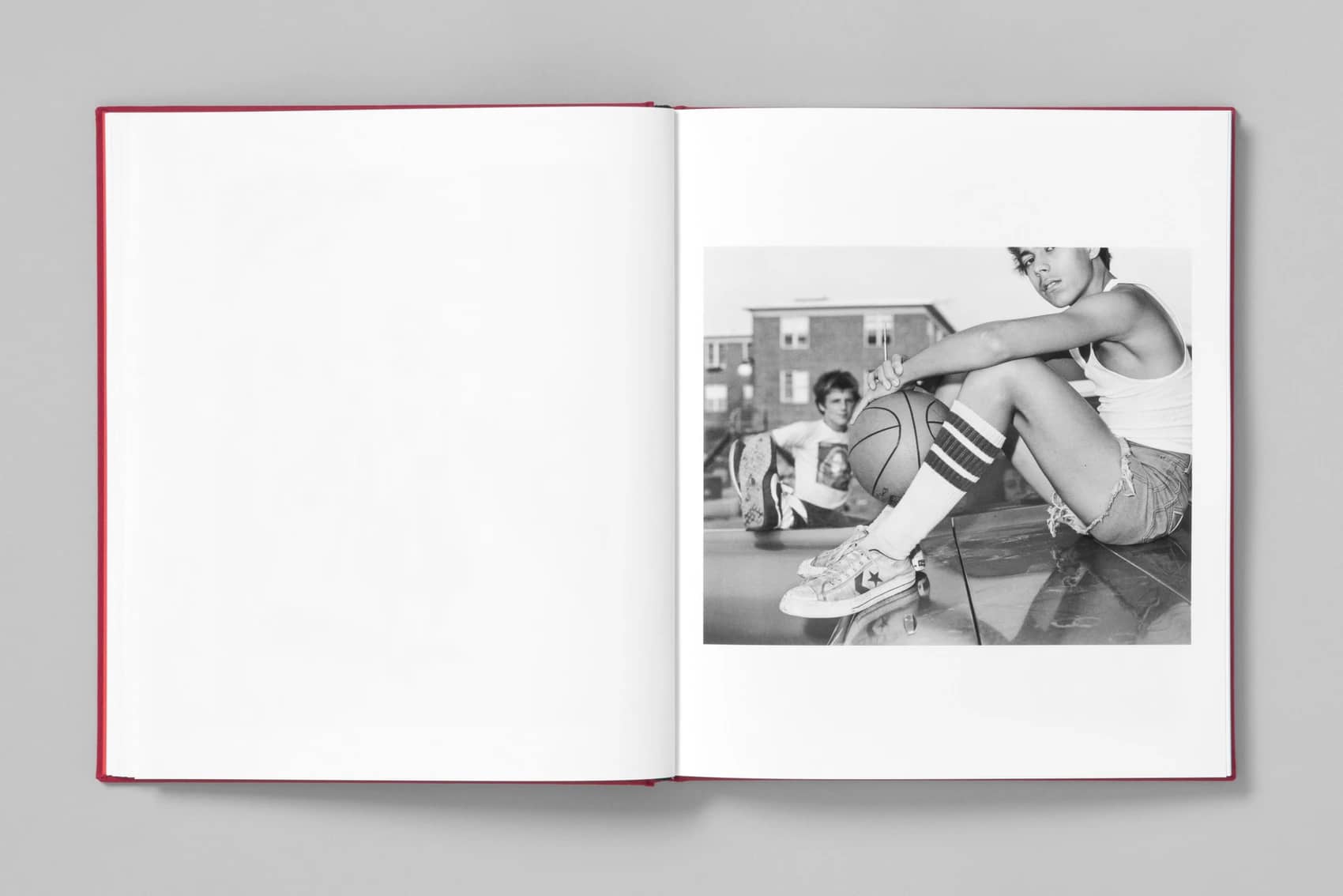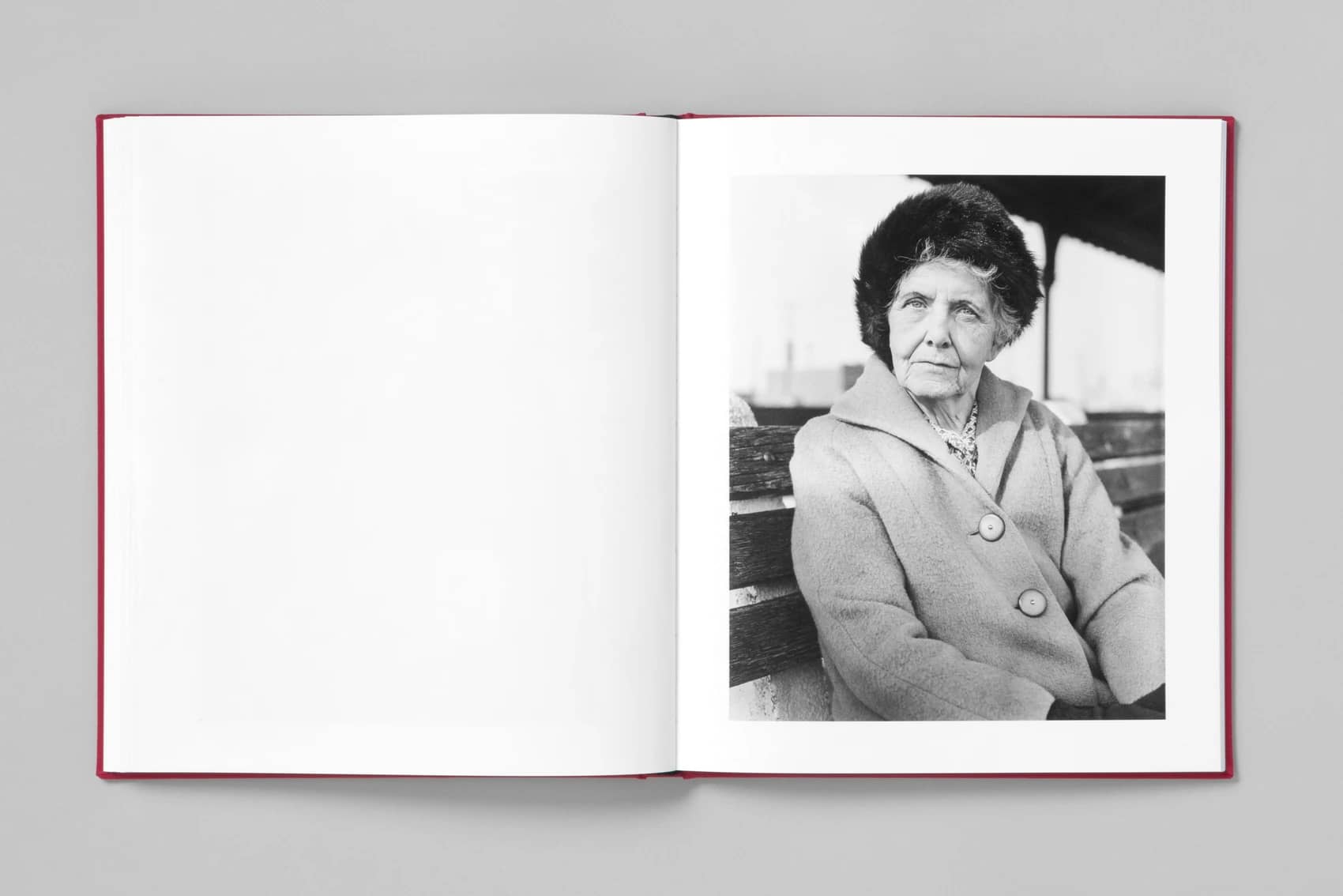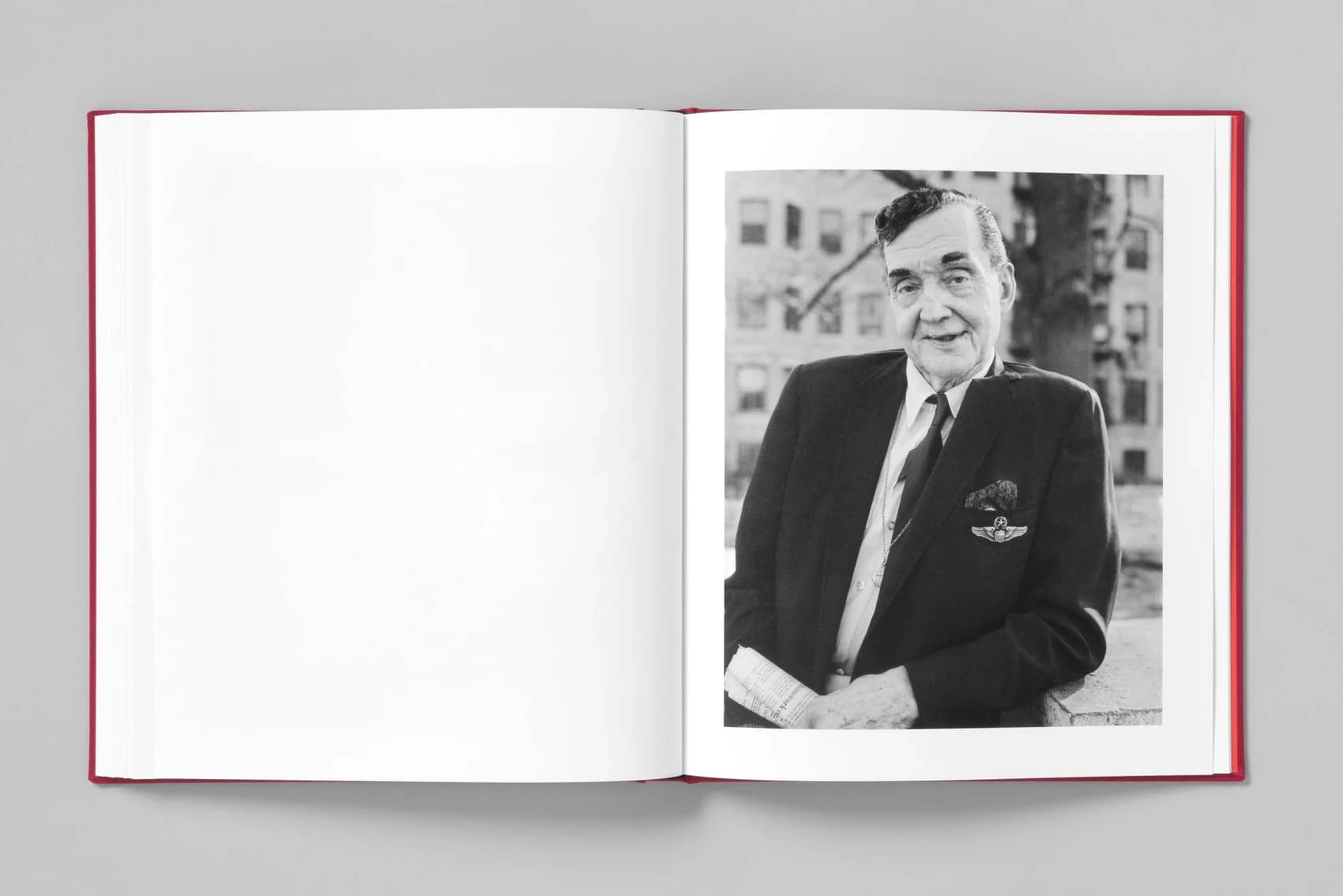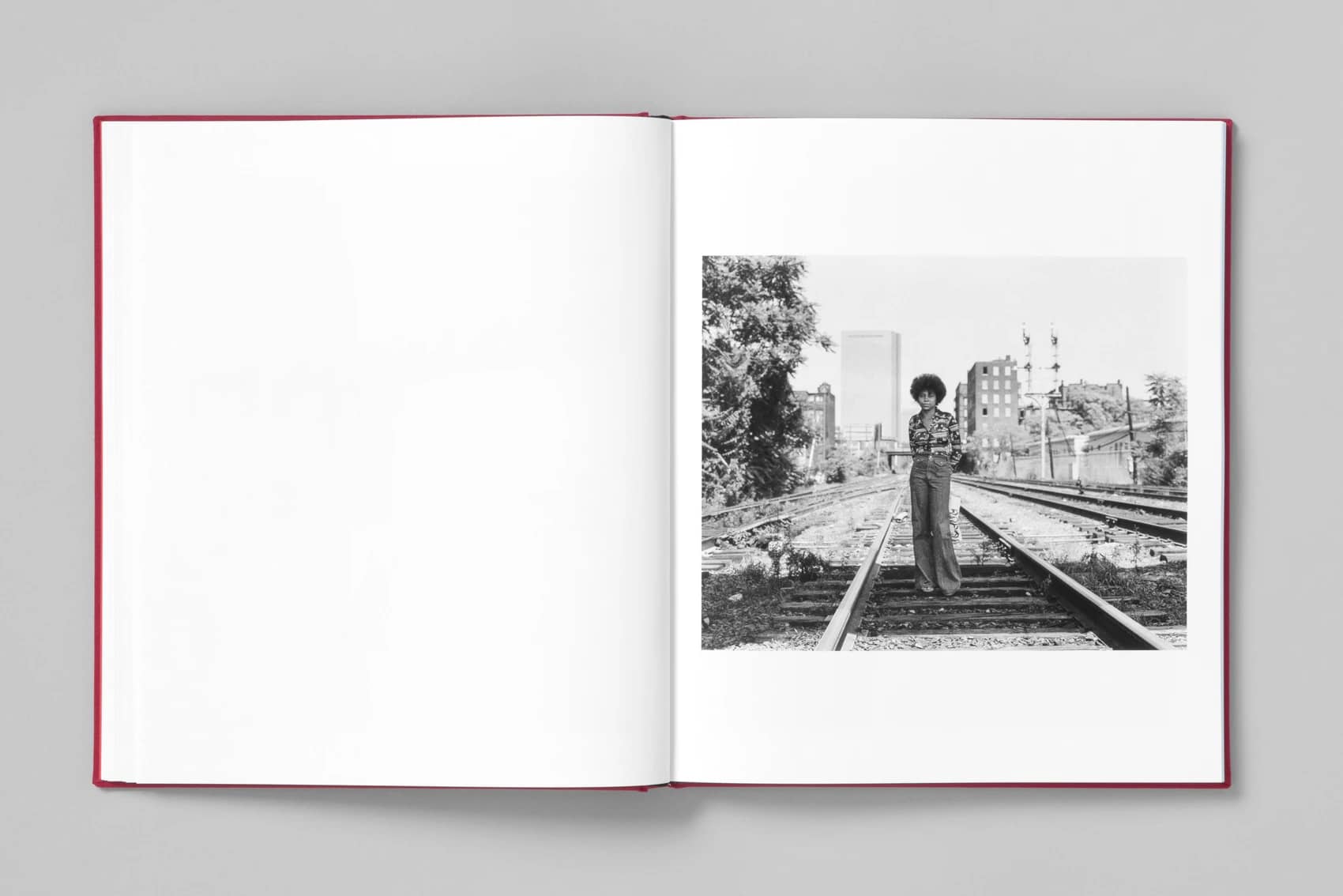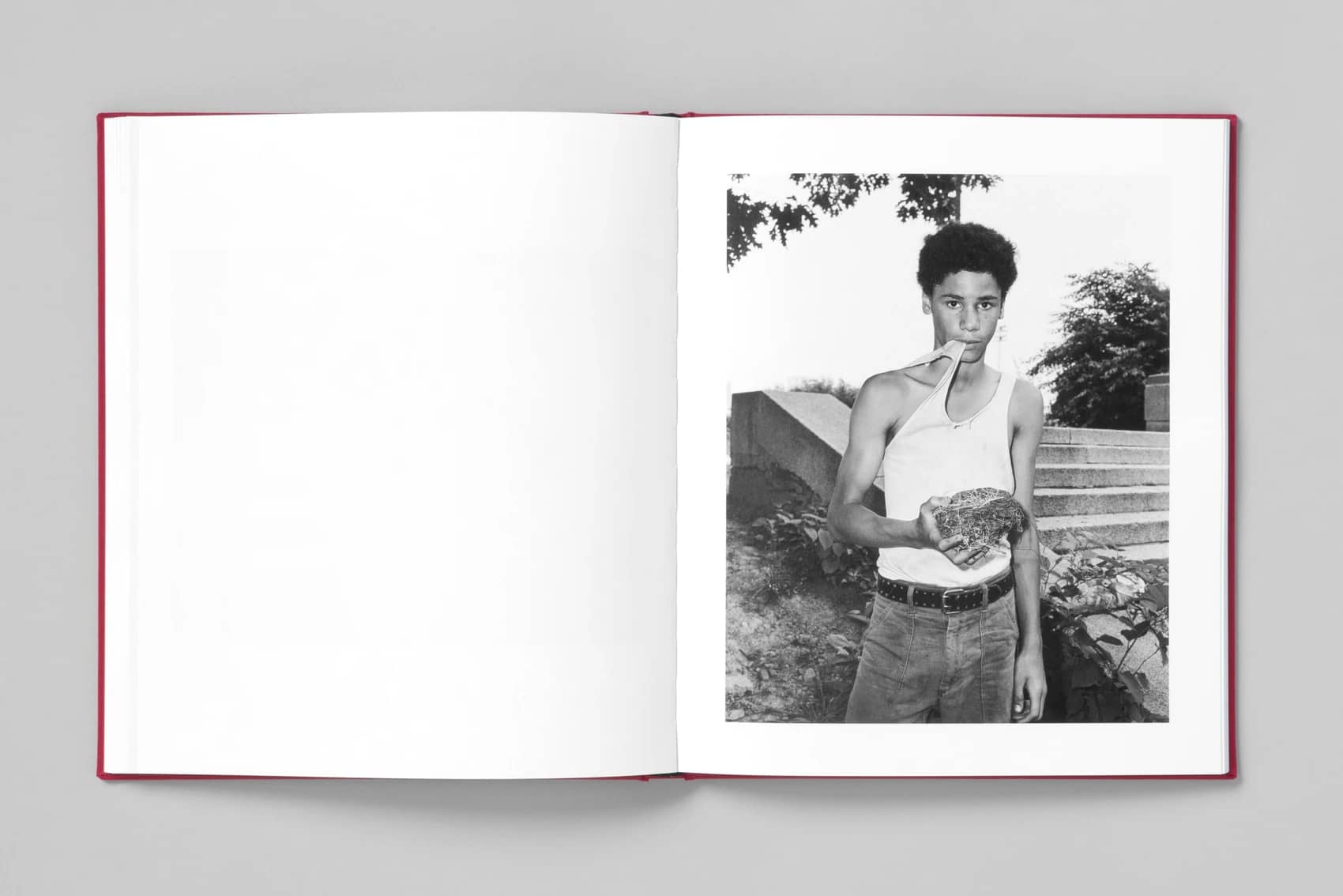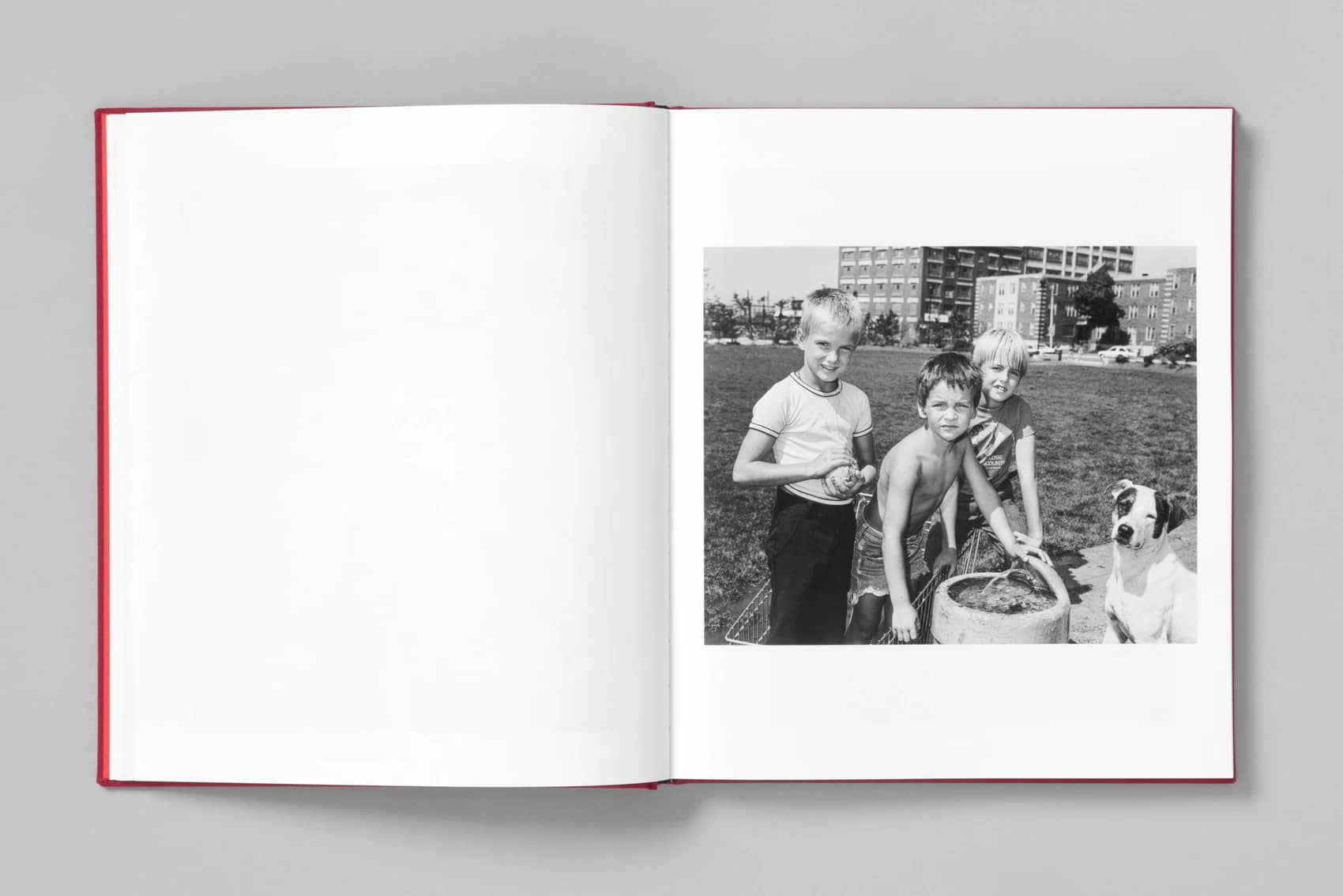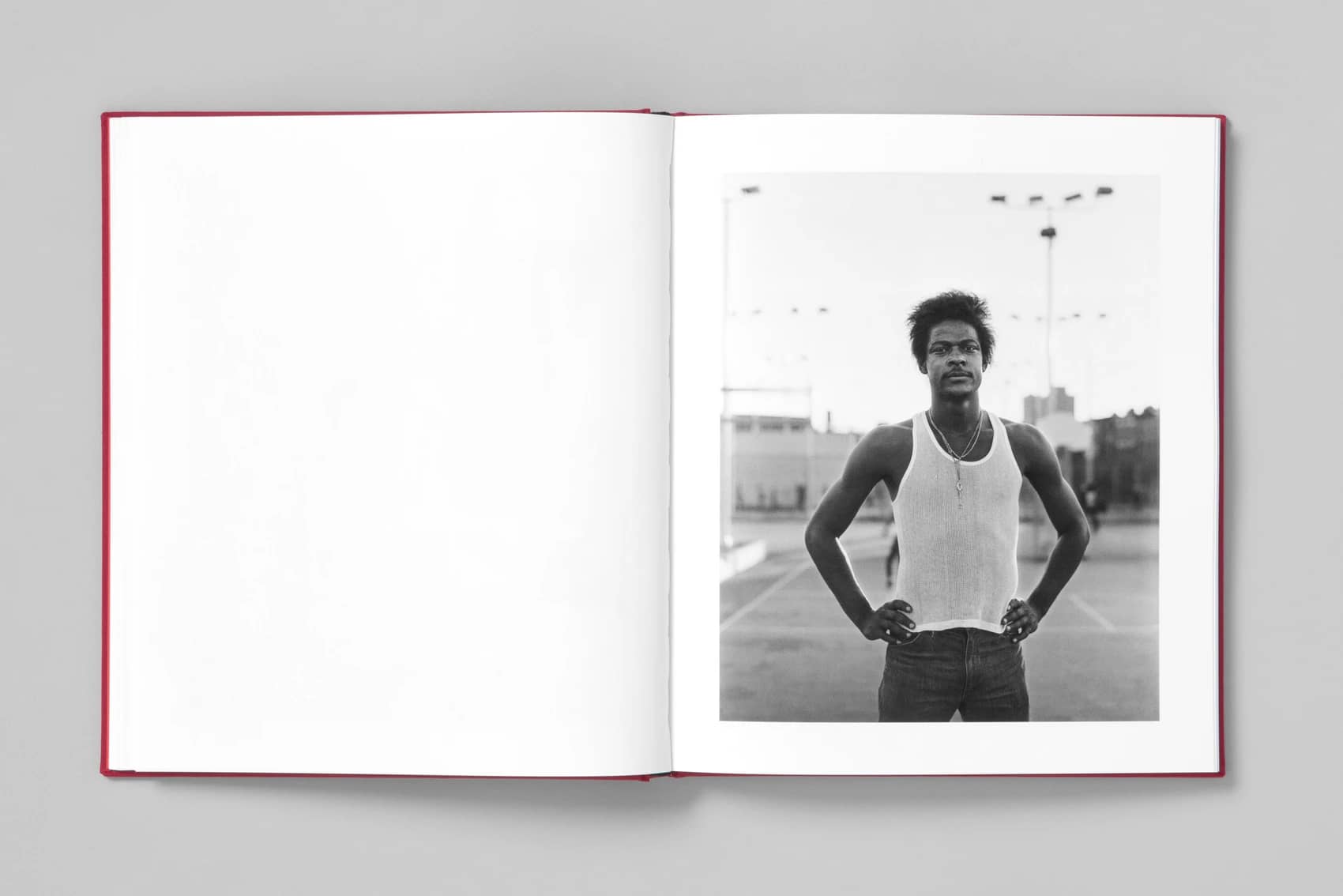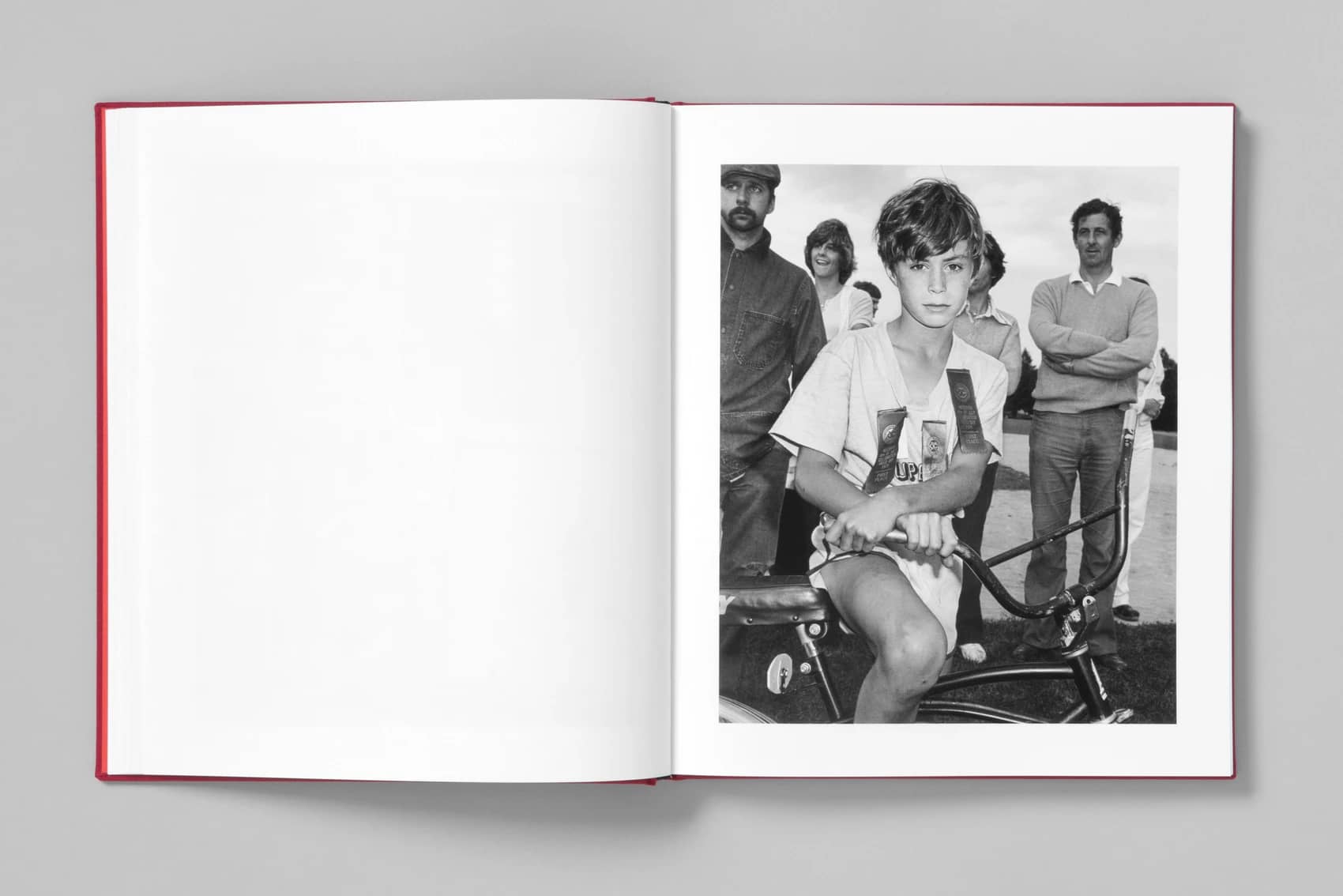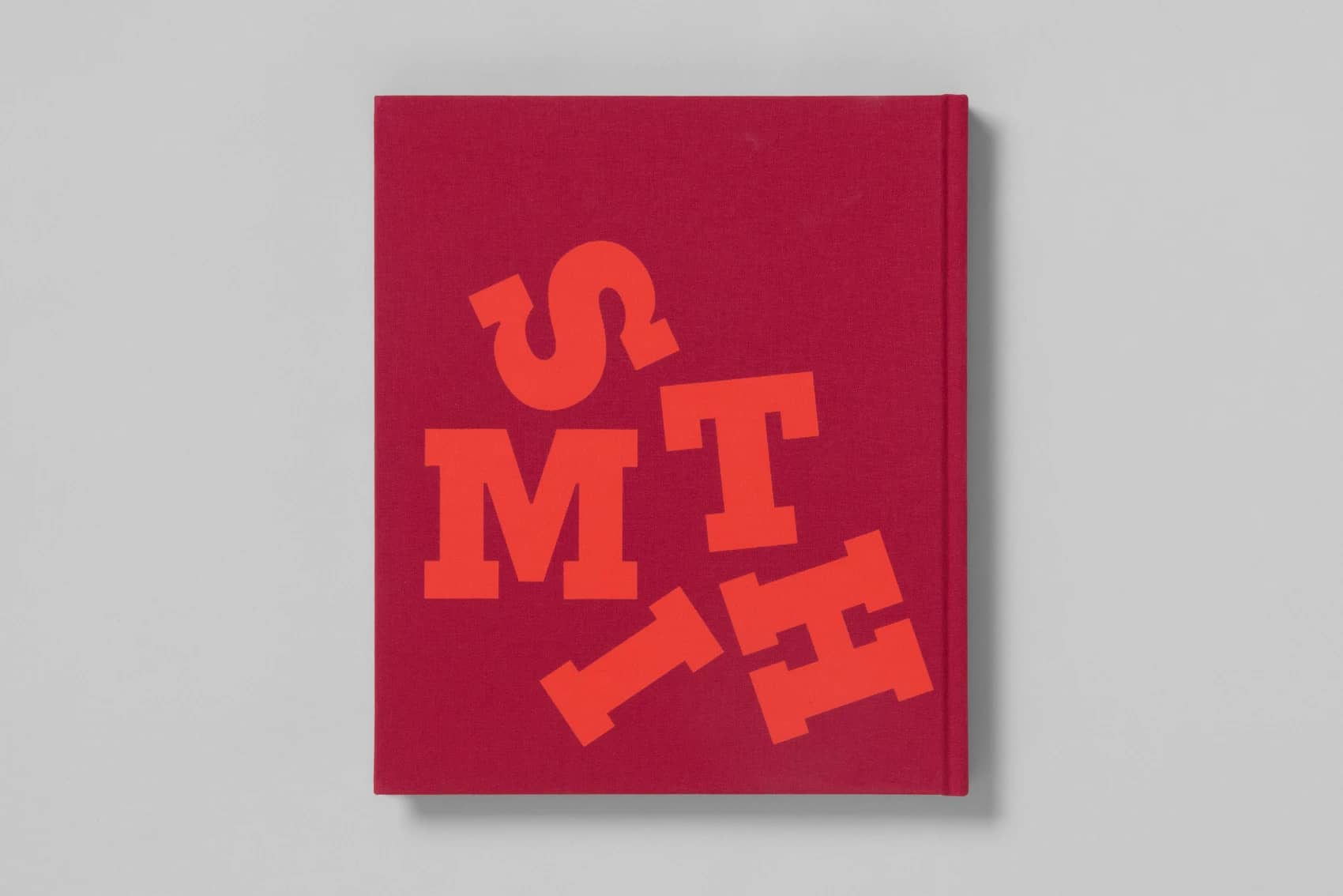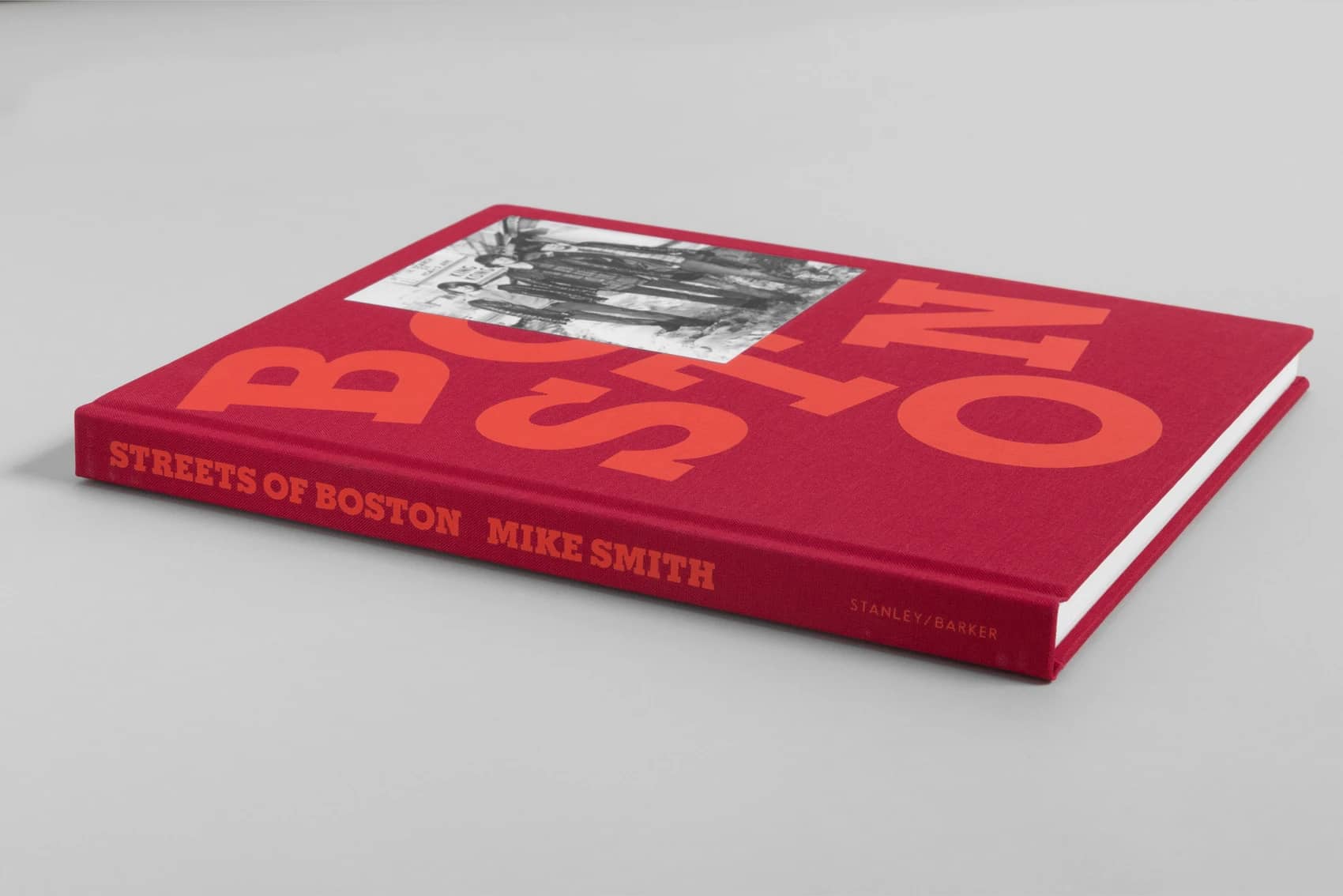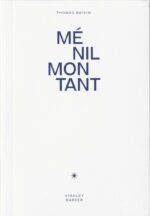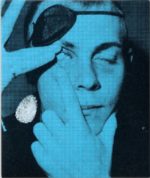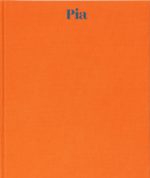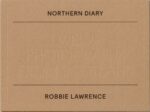Après un événement malheureux dans les rues de Boston en 1976, qui a causé une blessure à la tête à un homme en colère alors qu’il travaillait avec un appareil 35mm, l’artiste américain Mike Smith a échangé son Leica contre un appareil Linhof Press 23, et s’est éloigné de la photographie de rue spontanée pour aller vers un portrait plus intime.
Il a continué à produire un enregistrement détaillé des habitants des rues de Boston dans une approche inclusive, sans jugement, et pourtant directe. Smith a travaillé avec une grande caméra avec une unité plane encore plus grande, une machine formidable qui a attiré l’attention des gens et l’a tenue assez longtemps pour lui permettre d’accomplir les tâches connexes pour l’utiliser avec succès. « La force motrice, avant tout, a été mon étreinte sincère de la photographie comme mode de vie. En tant qu’ancien combattant du Vietnam (où j’ai découvert le médium pour la première fois) à l’âge de vingt ans, j’ai cru pour la première fois que j’avais un avenir à poursuivre. »
After an unfortunate event on the streets of Boston in 1976, resulting in a head injury to an angry man while working with a 35mm camera, the American artist Mike Smith traded in his his Leica for a Linhof Press 23 camera, and moved away from spontaneous street photography to a more intimate portraits.
He would go on to produce a detailed record of the inhabitants of Boston’s streets in an inclusive, non-judgmental, and yet direct approach. Smith worked with a large camera with an even larger flat unit, a formidable machine that got peoples attention and held it long enough for him to complete the related tasks to operate it successfully. “The driving force, above of all, was my whole-hearted embrace of the photography as a way of life. As a Vietnam veteran (where I first discovered the medium) at the age of twenty, for the first time, I believed I had a future to pursue.”




